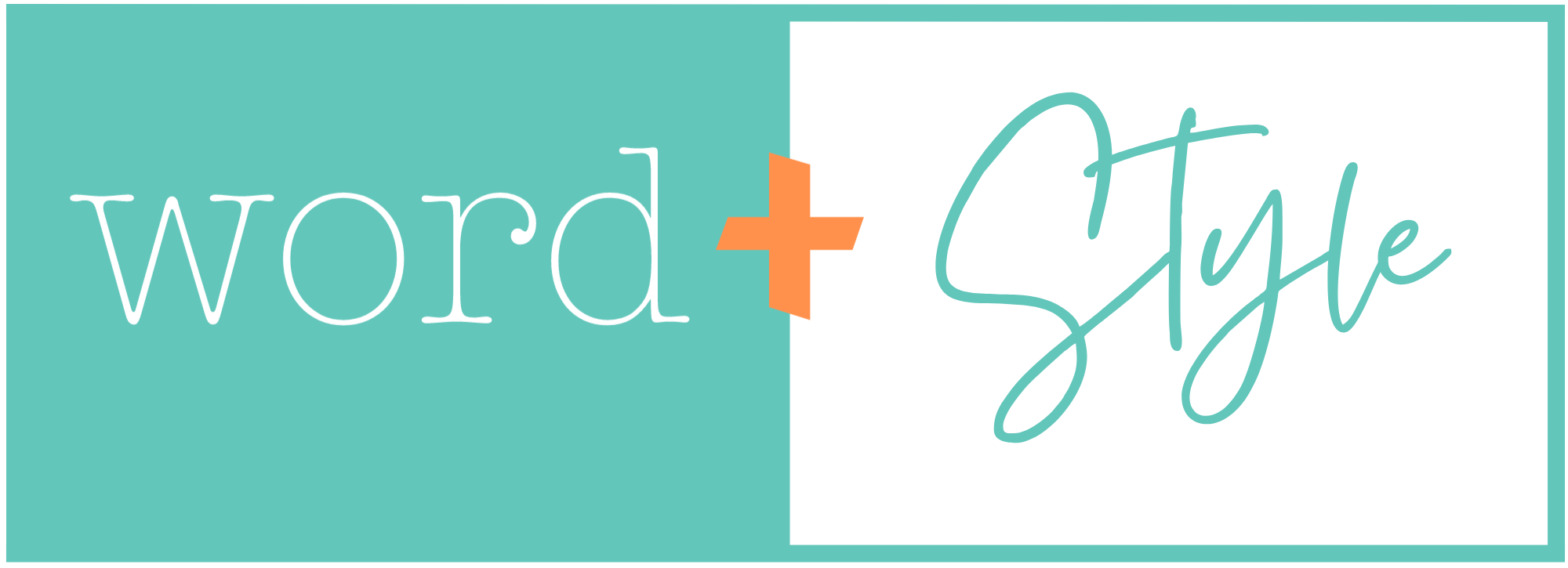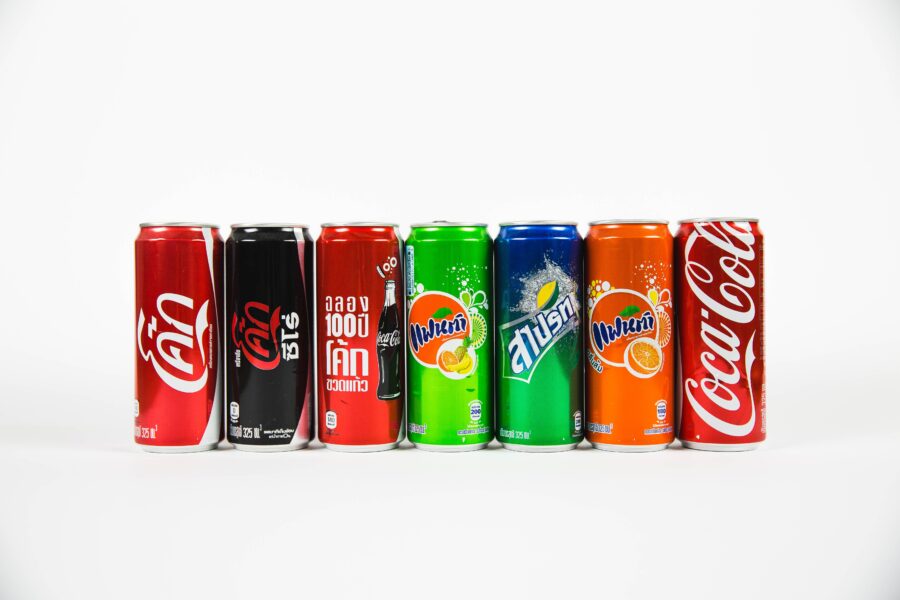As Nelson Mandela is known for saying, “If you speak to a man in a language he understands, that goes to his head. If you speak to him in his language, that goes to his heart.” So how do you adapt marketing copy originally written in one language into another to appeal to a foreign audience? Here we’ll take look at some examples of French to English translations to get a feel for the types of changes that should be made to appeal to your potential customers.
Who is the target audience?
To create a language strategy, you first have to identify who you’re trying to reach. For example, is your target clientele located in North America? If yes, should Canadian or American English be used? While you can try to hit two birds with one stone using American spellings and expressions since Canadians are rather used to them, your best bet is to be as specific as possible. As all marketers know, it’s best to focus exclusively on a niche market—or a demographic of potential customers who would most benefit from your offer—instead of marketing to everyone who could potentially benefit from a product or service. The more specific, the better.
Where is the target audience located?
Second, going from a micro to macro scale means that some copy must be modified to speak to your target culture, or even be completely removed. For example, if your target market is located outside of the region or country where your company is located, making references to places, people or organizations that your target clients have never heard of is futile. Better to replace them with names that are familiar to your target market to get your point across. Alternatively, you can add supplemental information, such as the name of the region or country where a town or city is located, to give readers more context.
What is the tone?
Next, what is the tone of the original message? Slogans are the most obvious example since they embody what a company or organization does and how it does it. Most likely, you don’t want to change how you want to be perceived. When translating marketing content, this means having a good understanding of the feeling you want to create in your target audience. The French slogan for Paréo Bulles, a warm-weather clothing collection by a Montreal-based designer, is the epitome of the French way of remaining abstract in their ideas. As expressed by Linda Crépeau, the designer behind the collection, the original slogan, “L’élégance à la plage, de la plage à l’élégance,” reflects the idea that the clothing is too beautiful to wear at the beach alone—it’s so elegant that it can be worn during a night out. Since translating the French too literally would sound too abstract in English, we were happy to come up with a concise slogan in English that reflects the desire to be elegantly dressed, regardless of the time or place, with “Elegance from dusk till dawn.”
Examining the intended tone is also a good strategy in cases where it might not be possible to find an equivalent of a local expression.
How is the message conveyed?
Likewise, how is the message communicated through the language used? For example, The verb tenses that are used in one language might not be the same as the target language. French marketing content is ubiquitous for being laden with the expression “permet de,” which literally translates to “allows you to…”. One way of avoiding this awkward way of saying things in English is to use an active verb, such as “With [product name], you can…”, as in the following example:
Original :
memboGo vous permet de recevoir des dons en ligne, directement sur votre site.
Translation:
With memboGo, you can receive donations online, directly from your website.
French marketing copy also differs from English in that it often describes the product or service rather than telling people to take action, such as in the following example for a children’s furniture line:
Original:
Offerte dans les mêmes quatre couleurs, elle vous permet d’harmoniser votre décor!
Translation :
Available in the same four colours, they’ll help you create a harmonized decor.
You can also see here that even punctuation can be different. Most notably, French marketing copy tends to contain more exclamation points and ellipses than in English. This often creates the wrong tone in English—even appearing unprofessional—when a more serious attitude should be adopted.
Essentially, as in most translations, understanding the original message and its intended effect on the reader is what matters most. Knowing the language spoken in the region where the company or organization is based is equally important in order to have a clear understanding of the context of local expressions and vocabulary, as well as that of the target’s culture’s. Lastly, being familiar with the marketing strategies used in the different languages will ensure that you speak to the hearts of your target audience.





